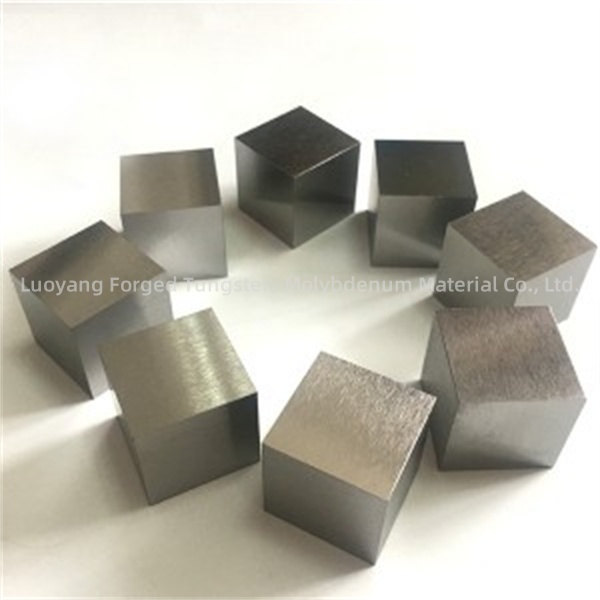What are the distinguishing features of tungsten steel?
Usually when the material hardness is high, wear resistance is also high; high flexural strength, impact toughness is also high. But the higher the hardness of the material, its bending strength and impact toughness is lower. High-speed steel due to high bending strength and impact toughness, as well as good machinability, is still the most widely used tool materials, followed by carbide.
Polycrystalline cubic boron nitride is suitable for cutting high hardness hardened steel and hard cast iron, etc.; Polycrystalline diamond is suitable for cutting non-ferrous metals, and alloys, plastics and glass steel, etc.; Carbon tool steel and alloy tool steel is now only used as files, plate teeth and taps and other tools.
Carbide indexable inserts are now coated with titanium carbide, titanium nitride, aluminium oxide hard layer or composite hard layer by chemical vapour deposition. Physical vapour deposition is being developed not only for carbide tools but also for HSS tools such as drills, hobs, taps and milling cutters. The hard coating acts as a barrier to chemical diffusion and heat transfer, slowing down the wear of the tool during cutting, and increasing the life of coated inserts by about 1 to 3 times or more compared to uncoated ones.
Due to the high temperature, high pressure, high speed, and in corrosive fluid media work parts, the application of difficult-to-machine materials are more and more, the level of automation of cutting and machining and machining accuracy requirements are increasingly high. In order to adapt to this situation, the direction of tool development will be the development and application of new tool materials; further development of the tool’s vapor deposition coating technology, in the high toughness and high strength of the substrate deposited on the higher hardness coating, a better solution to the contradiction between the hardness of the tool material and the strength of the tool; further development of the structure of the indexable tool; to improve the manufacturing accuracy of the tool to reduce the difference in product quality of high manganese steel is a difficult-to-machine materials. Higher requirements for tool materials.

Generally speaking, the requirements of the tool material red hardness, good wear resistance, high strength, toughness and thermal conductivity. Cutting high manganese steel can choose carbide, cermet to do cutting tool material. At present, the most common application is still cemented carbide, of which YG type of cemented carbide has high flexural strength and impact toughness (compared with YT type of cemented carbide), which can reduce the chipping edge when cutting. At the same time, YG carbide has better thermal conductivity, which is conducive to the dissipation of cutting heat from the tip of the tool, reducing the temperature of the tip of the tool and avoiding the tip of the tool from overheating and softening.The grinding processability of YG carbide is better, and it can be sharpened to produce a sharp edge.
Generally speaking, the durability of the tool depends on the red hardness, wear resistance and impact toughness of the tool material.When YG type of cemented carbide contains more cobalt, the bending strength and impact toughness are good, especially the fatigue strength is improved, so it is suitable for roughing under the condition of impact and vibration; when it contains less cobalt, its hardness, wear resistance and heat resistance are higher, suitable for continuous cutting finishing.